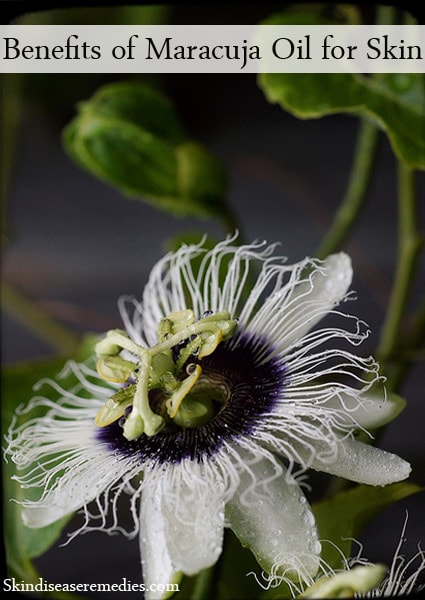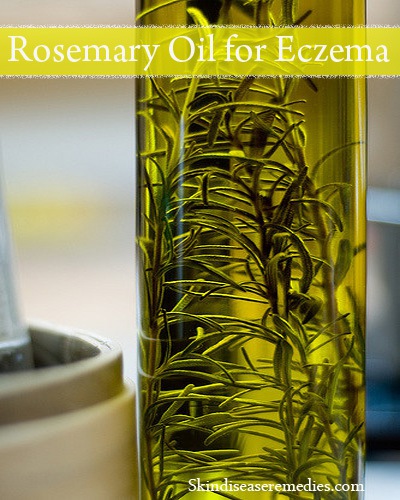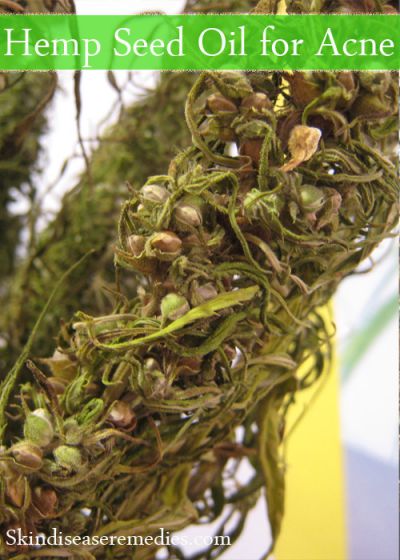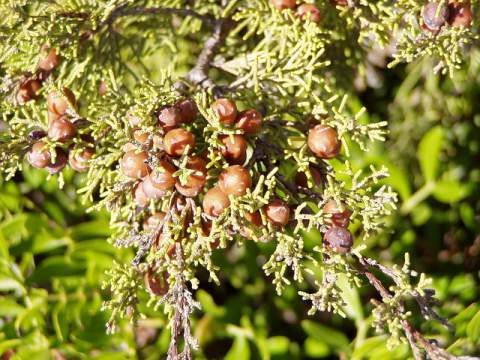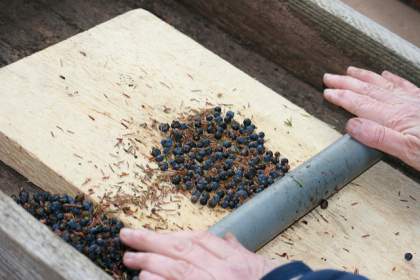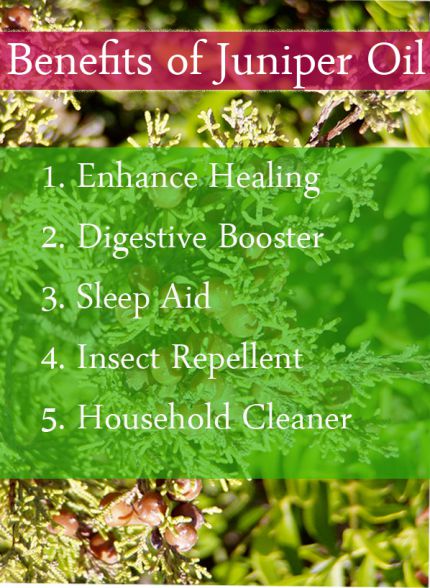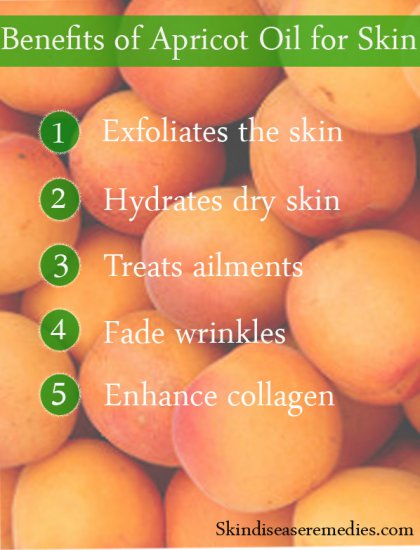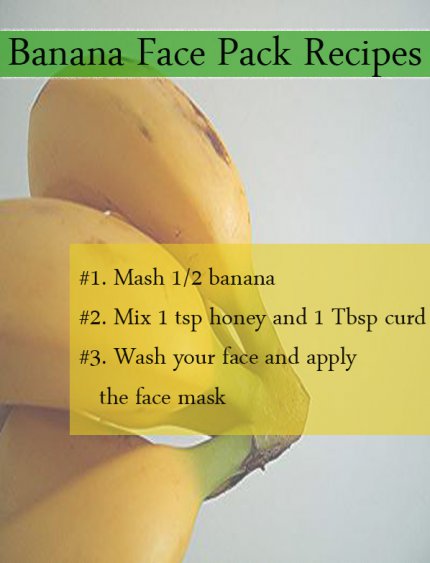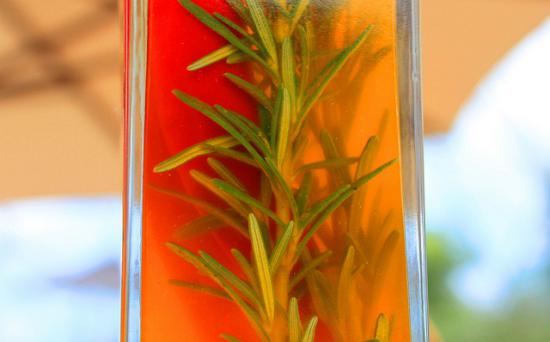Desire to have flawless and well toned skin can’t be achieved by cosmetic creams. For a natural beauty, your skin needs innate ingredients. Benefits of maracuja oil for skin are exceptional.
Essential fatty acids, vitamins and other nutrients housed in maracuja oil rejuvenates the skin, hydrates it and prevents premature wrinkles. Though it’s expensive, because of its nutritional benefits you can use it on skin, hair and nails.
Maracuja oil has been extracted from seeds of passion fruit found in Amazon. It is prominent for emollient and moisturizing benefits. However, commercial maracuja oil is derived from flowers of passion fruit. This flower is renowned for its calming and relaxing activity.
Benefits of Maracuja Oil for Skin
- External and internal factors affect the moisturizing layer, which protects your skin. Emollient agents in Maracuja oil penetrates deep into the skin and forms a hydrating layer on it.
- With its anti-inflammatory activity this oil can reduce acne inflammation and other skin ailments.
- Free radicals that damage cell membrane are removed with antioxidant properties packed in the oil.
- Most skin ailments are associated with dry and itchy skin. Emollient and anti-itching properties of the oil reduce itching and dry skin.
If you focus on good skin care, you really won’t have to look for beauty products.
As skin is the most exposed organ, impurities, pollutants and dead cells accumulate on it. When you ignore them, dark spots and other skin disorders occur.
- Notable fatty acids like linoleic acid, oleic, stearic and palmitic acids are packed in maracuja oil. As mentioned above, dry skin is the main culprit in most skin ailments. When you hydrate the skin, it will be able to fight infectious germs. Dilute maracuja oil with carrier oil and apply it over prewashed face.
- Lycopene is a compound in this oil which helps to recover from sun damage and minor burns. Prolonged exposure to UV rays may strip moisture and results in wrinkles.
- Dry skin triggers itching, hydrating properties in maracuja oil helps to curb itching.
- Vitamin C stimulates collagen production and improves skin elasticity. Calcium and phosphorus enhance healthy functioning of the skin.
- Anti-inflammatory activity makes maracuja oil for acne an excellent remedy. However, anecdotal reports claim that topical usage of this oil leads to break outs. So you must patch test before using it on skin.
Apart from this, massaging this oil will relieve from arthritic joints and muscle pain. Hair problems like dandruff, scalp dryness, itching and damaged hair can be reduced by with this oil. It’s safe to blend with carrier oil or coconut oil before using it.
Nail issues like dry cuticles and weak fingernails can be alleviated using this oil.
A study carried out in 2008 determine that oil extracted from seeds of passion fruit seeds contain 90% of linoleic acid, which plays vital role in improving skin functioning.
Due to calming properties, inhaling this woody smelled oil will relieve from stress and anxiety. Drop few drops of maracuja oil over pillow to reduce insomnia. Alternatively, take hot water and drop few drops of maracuja oil in it. Place it beside your bed for relaxing experience.
To reap nutritional benefits of maracuja oil for skin, patch test and blend any carrier oil with it.
